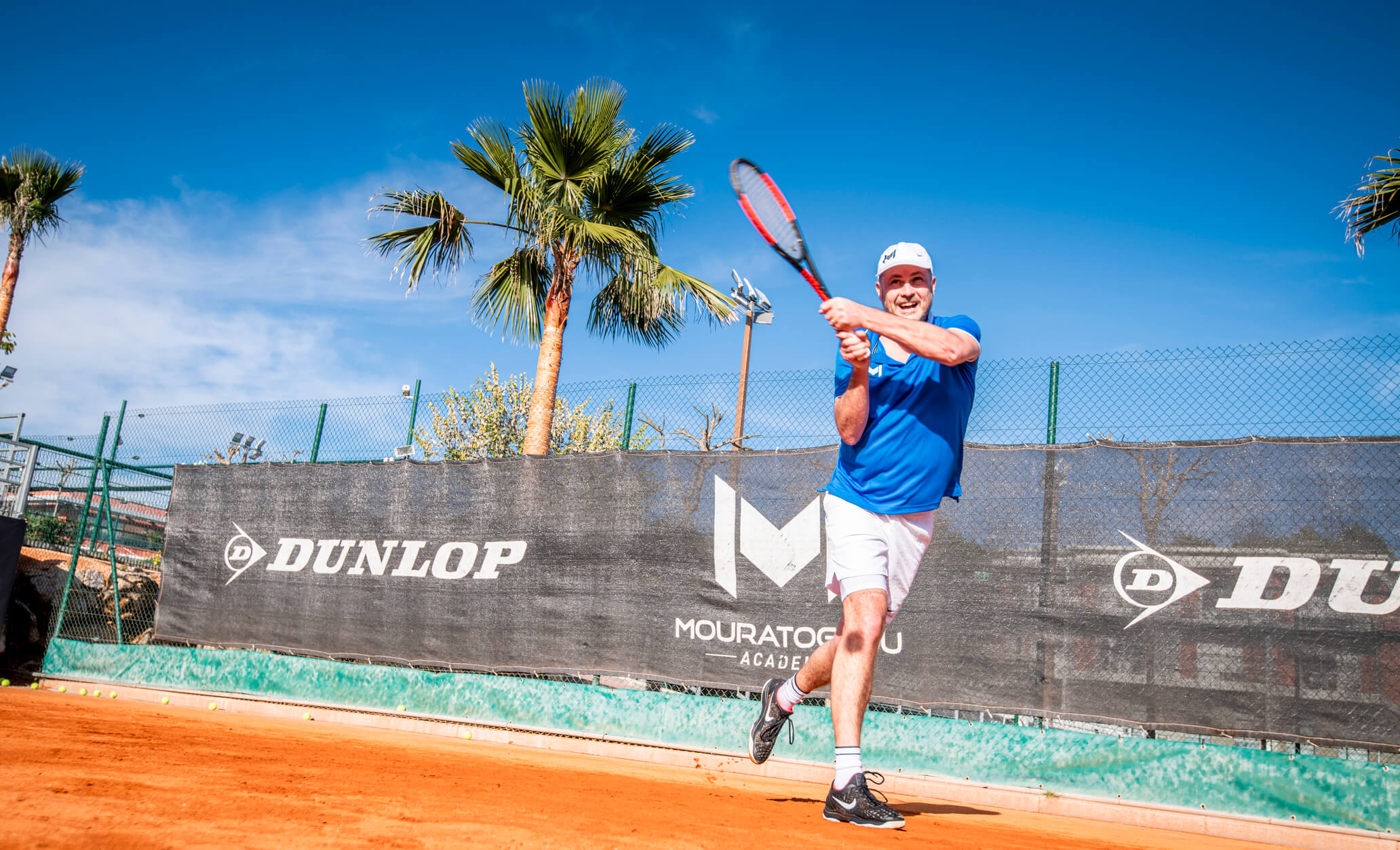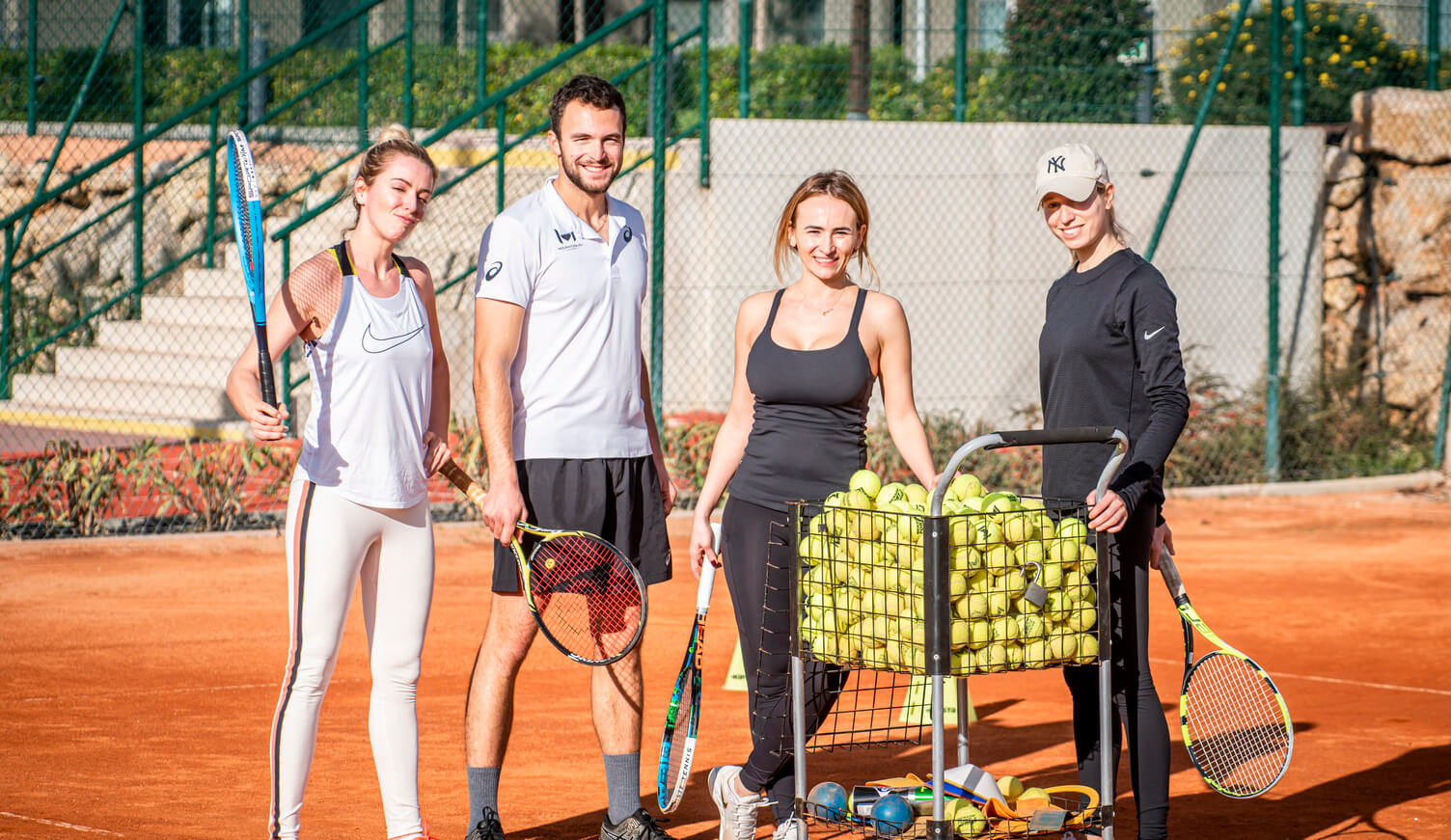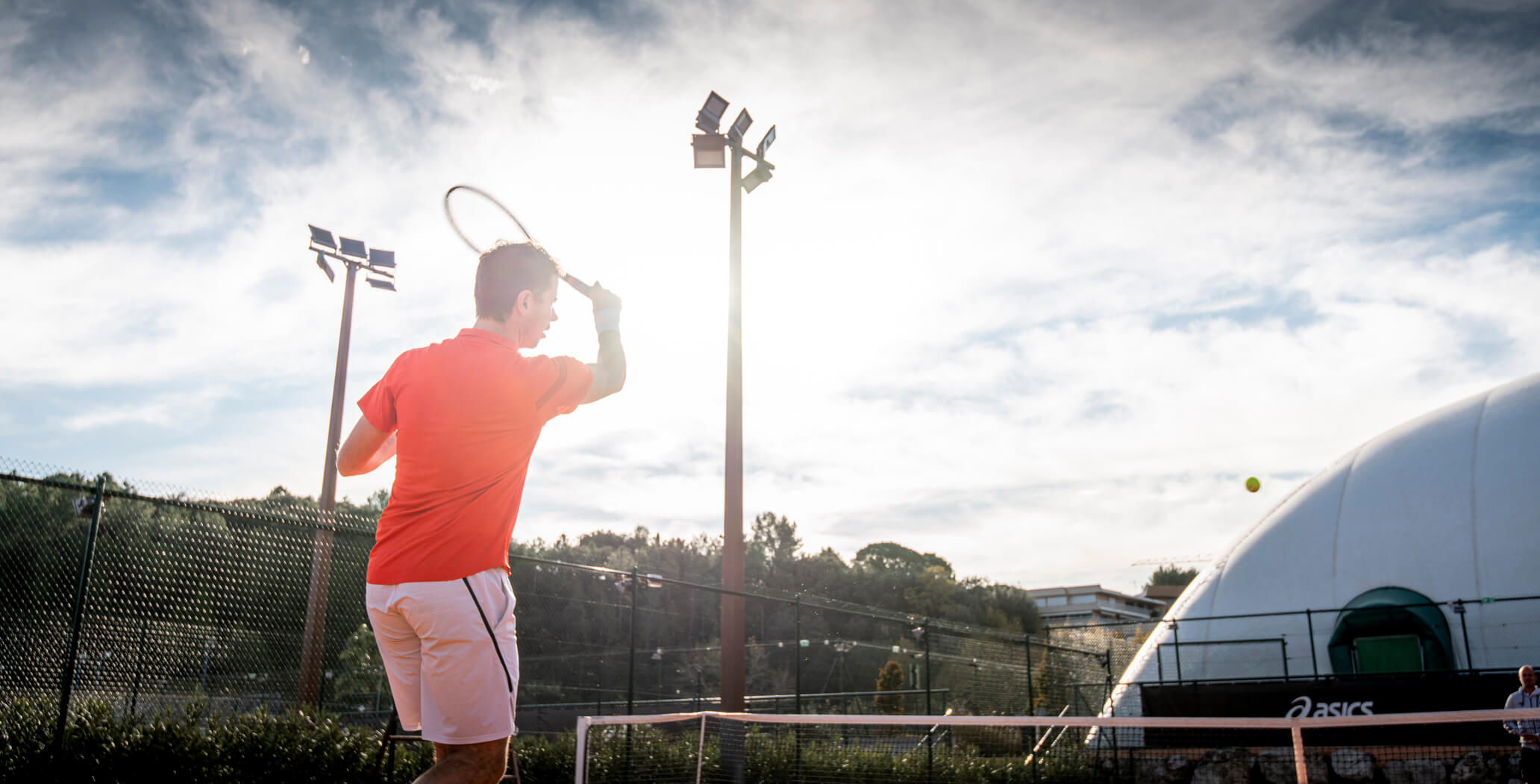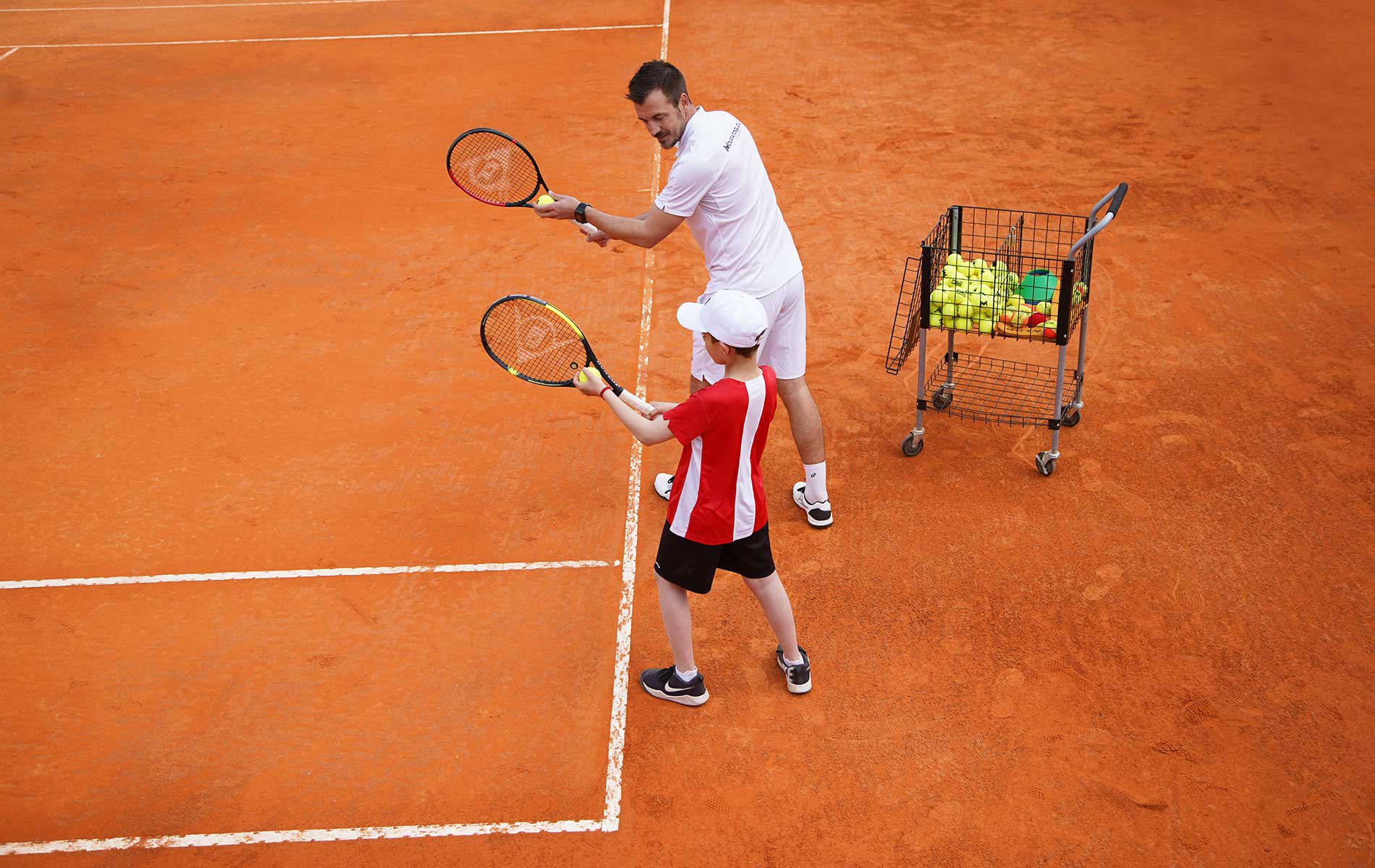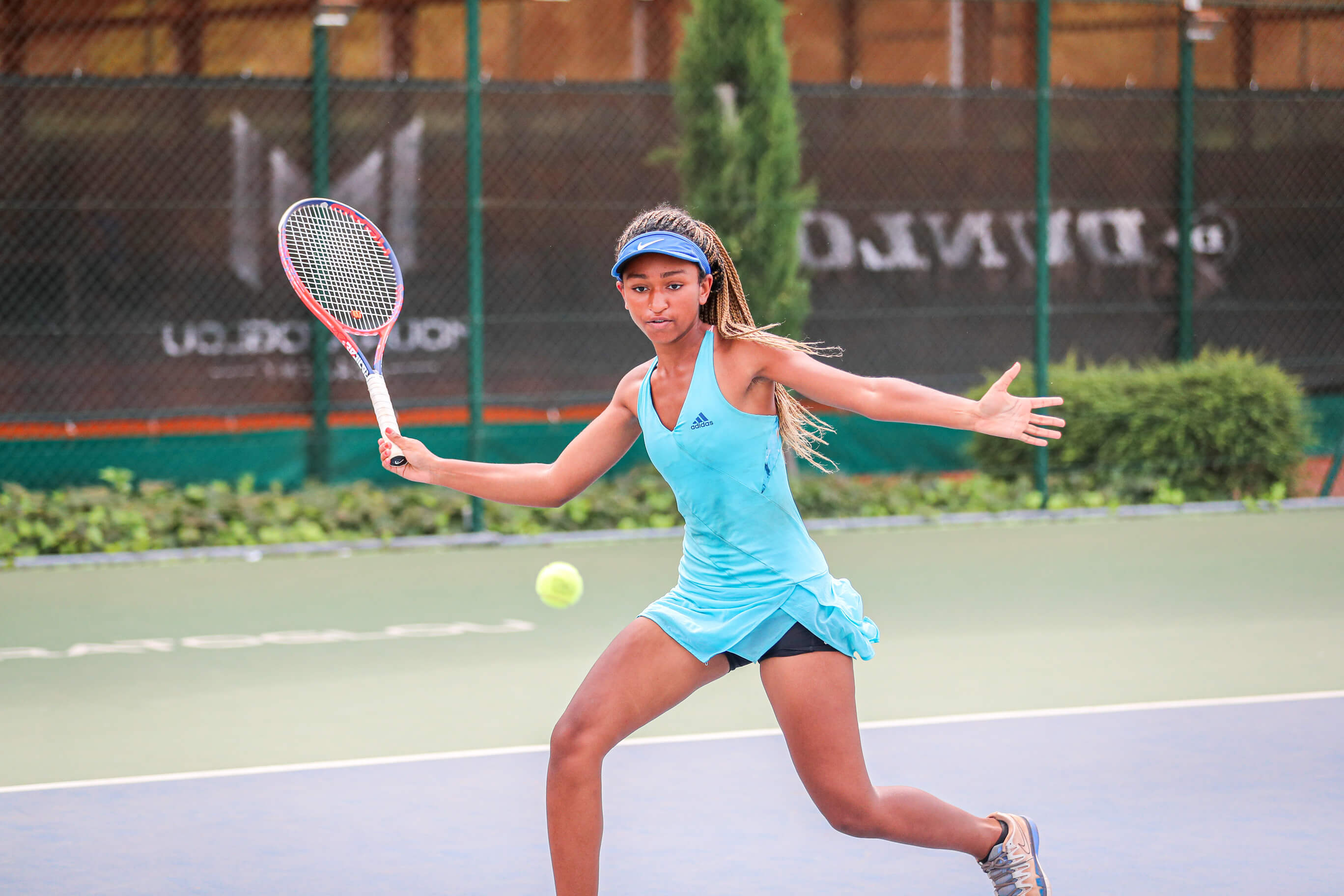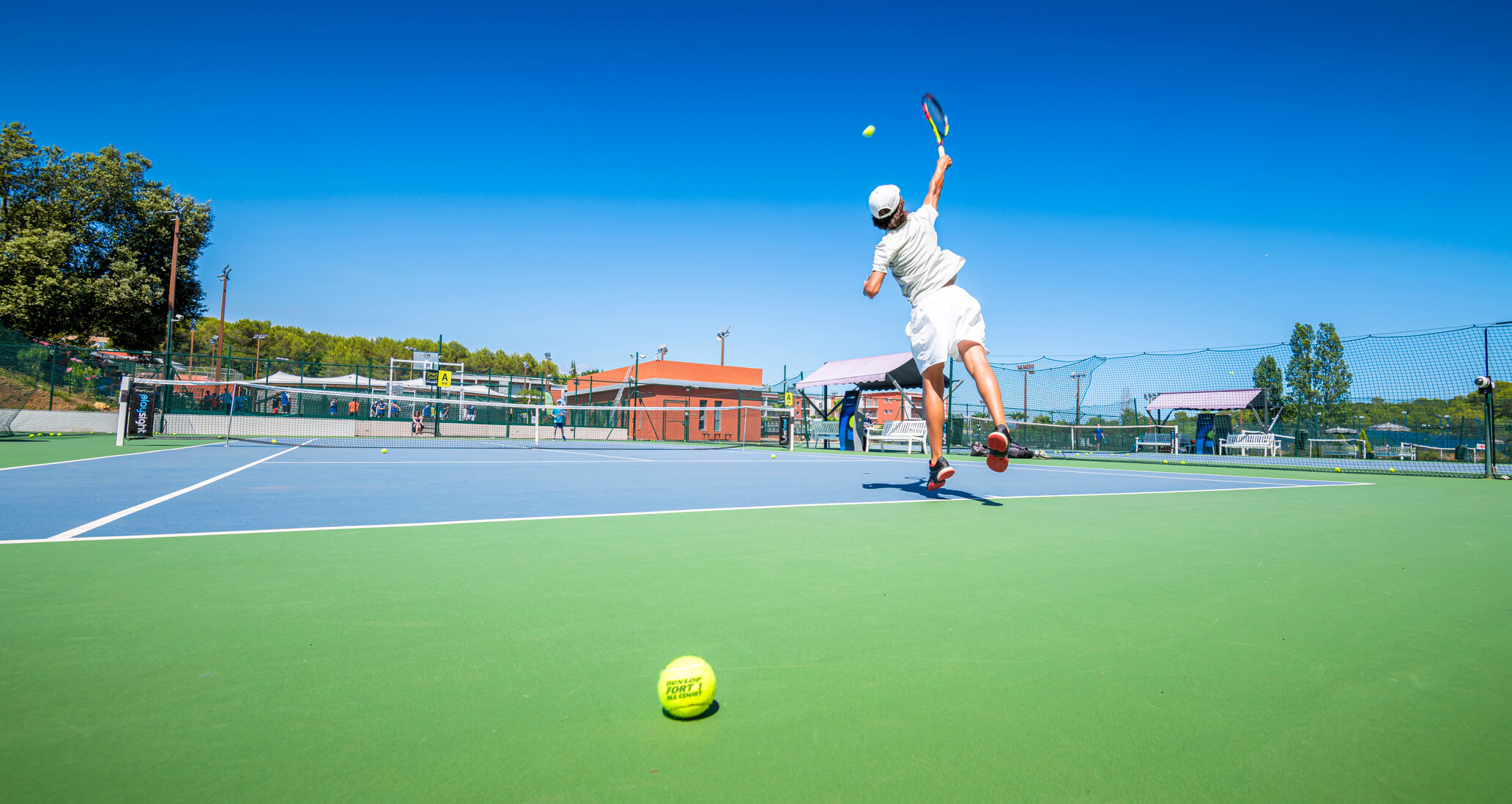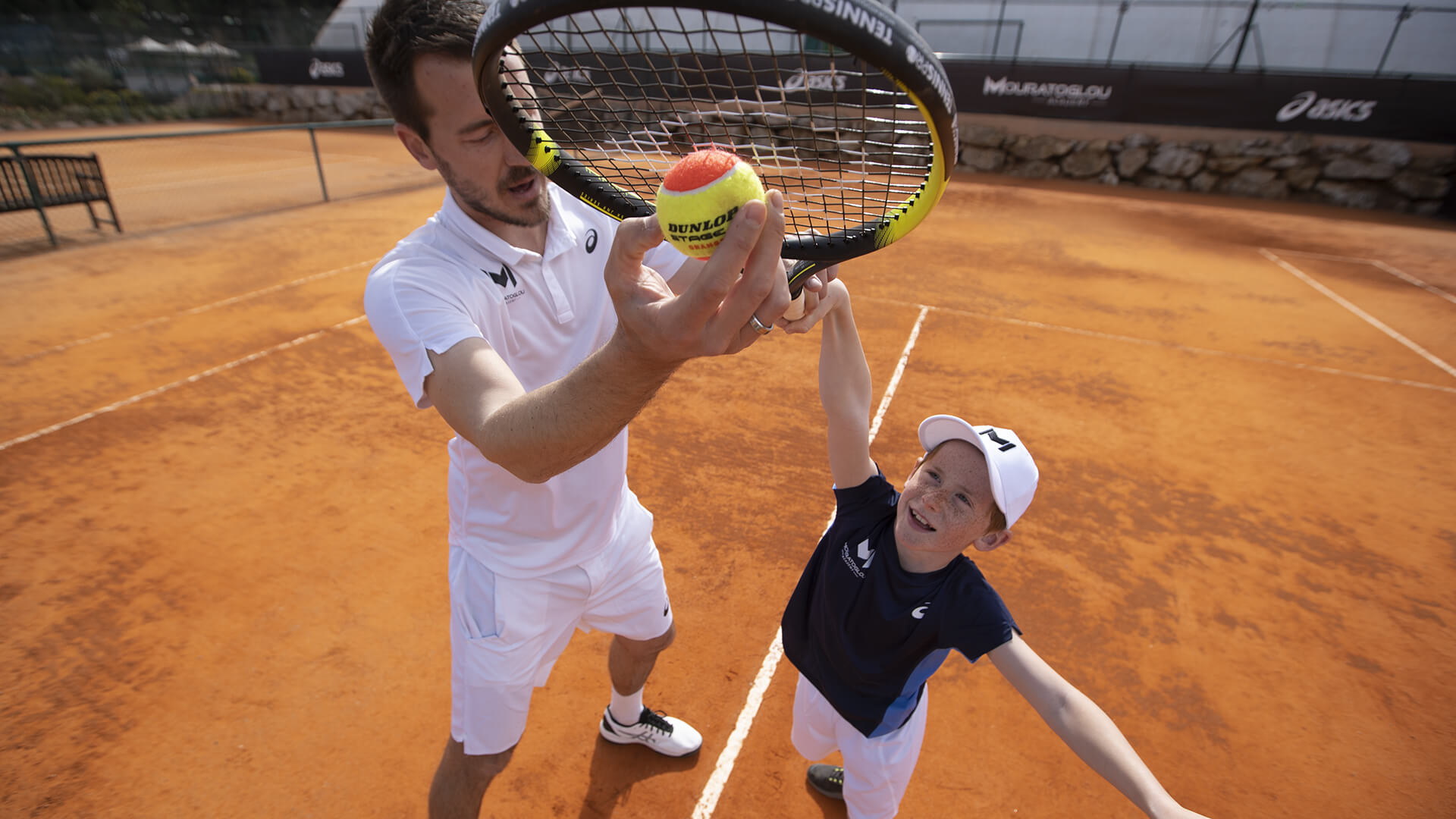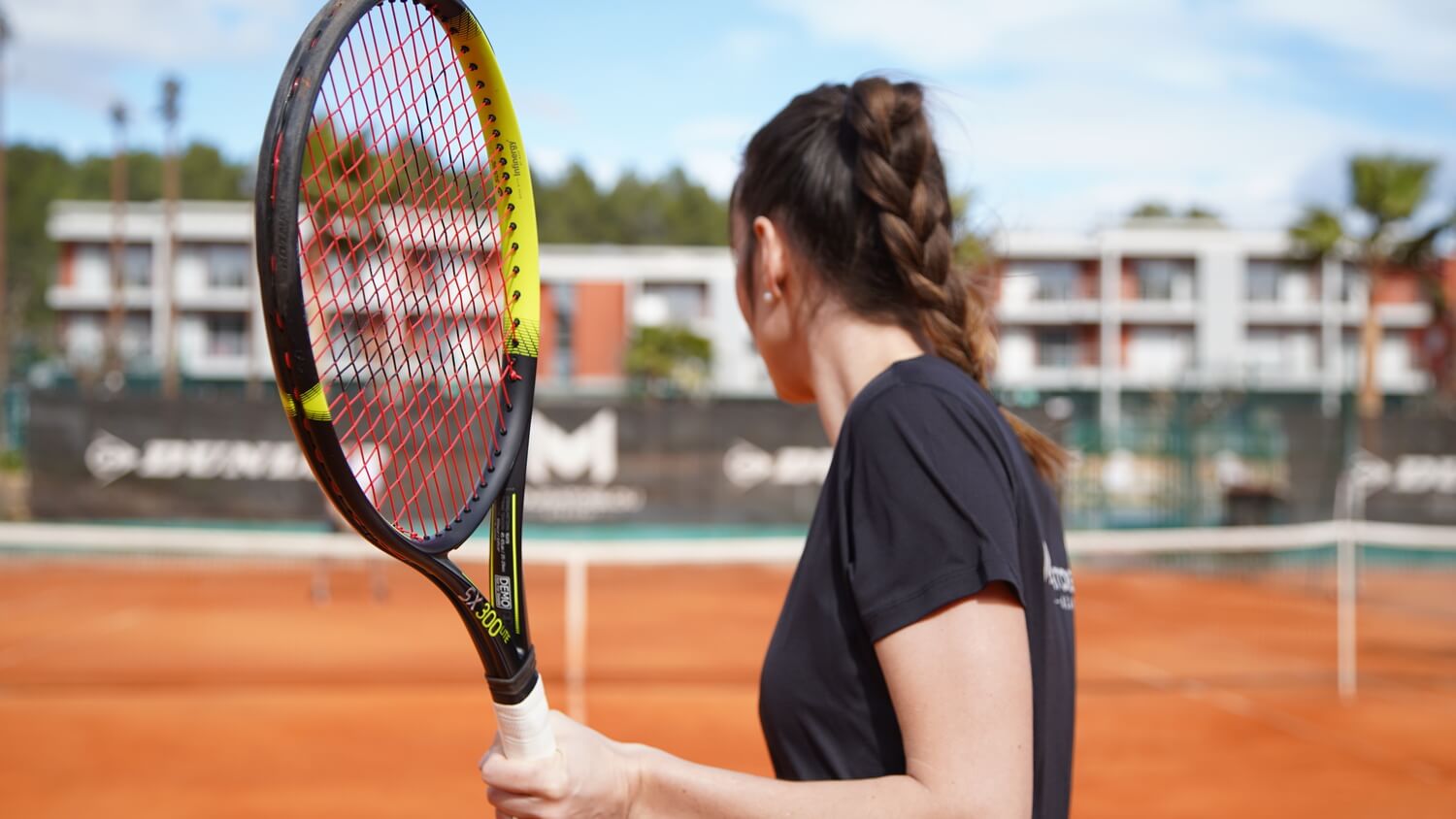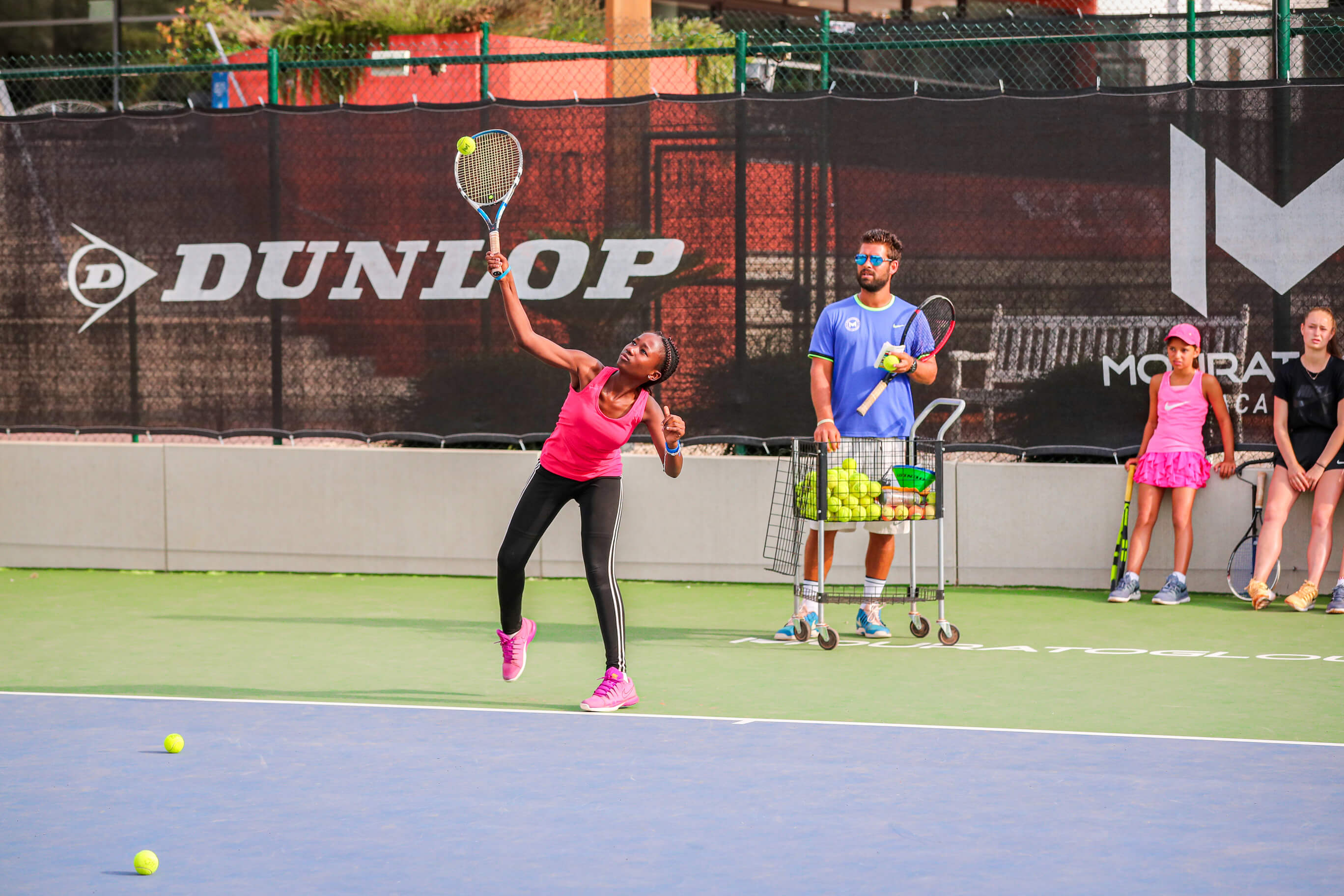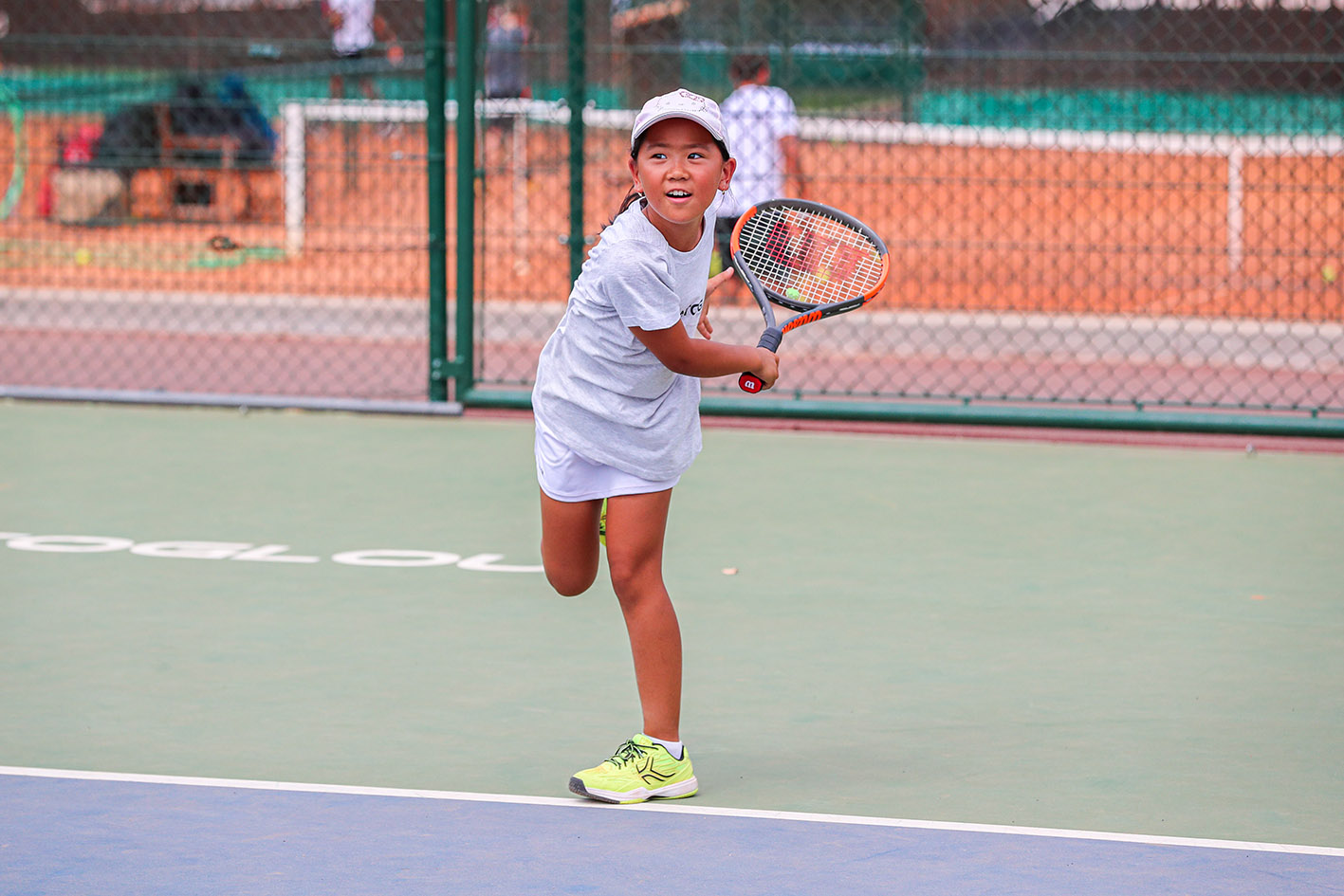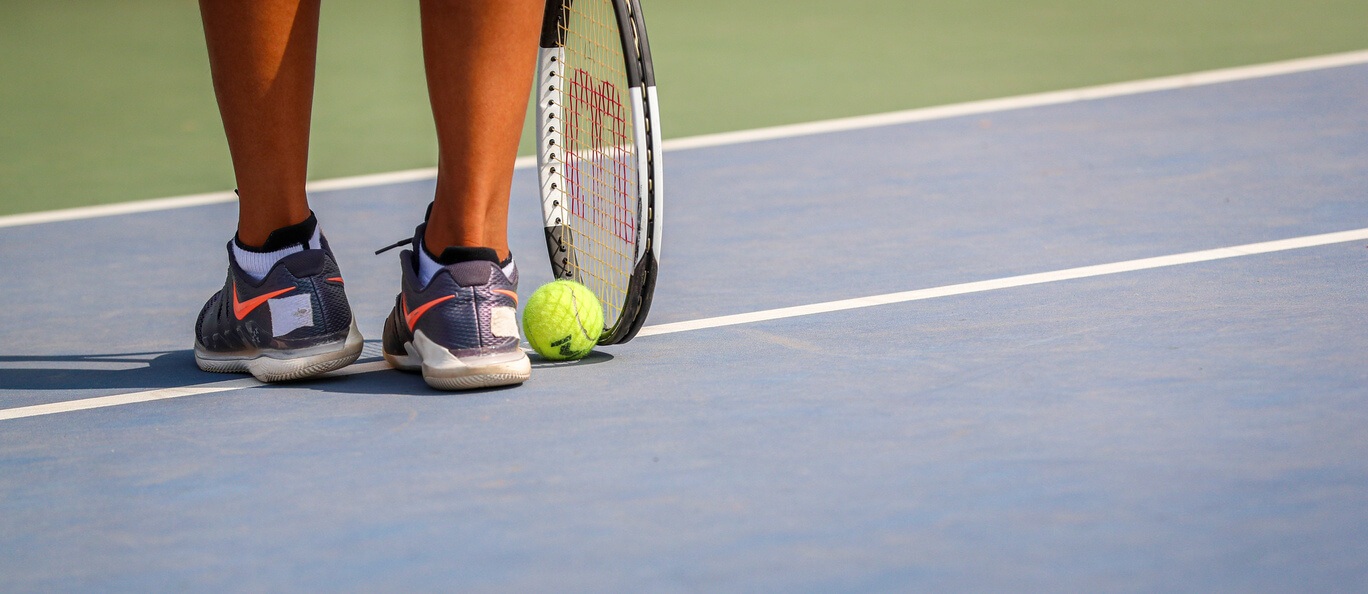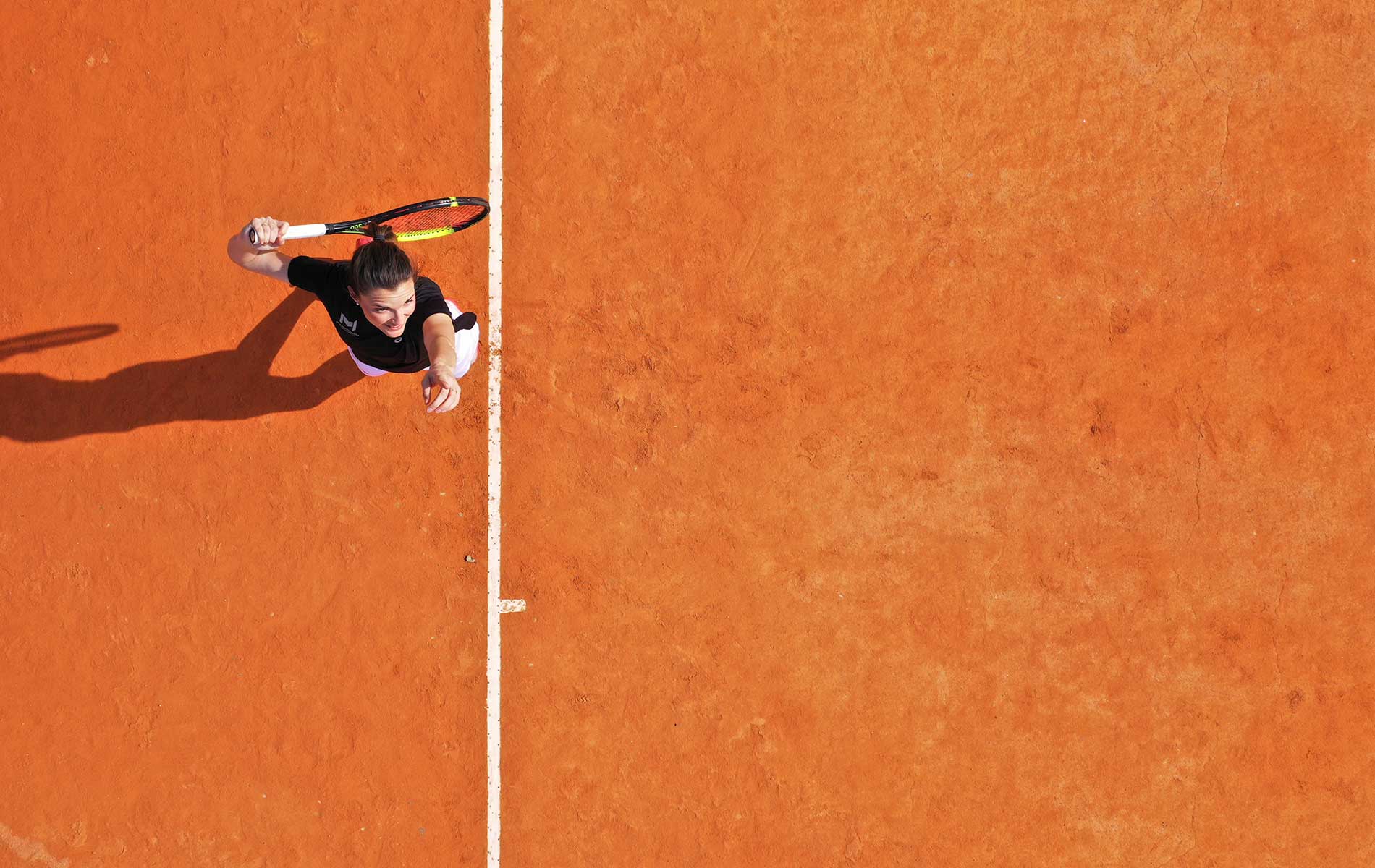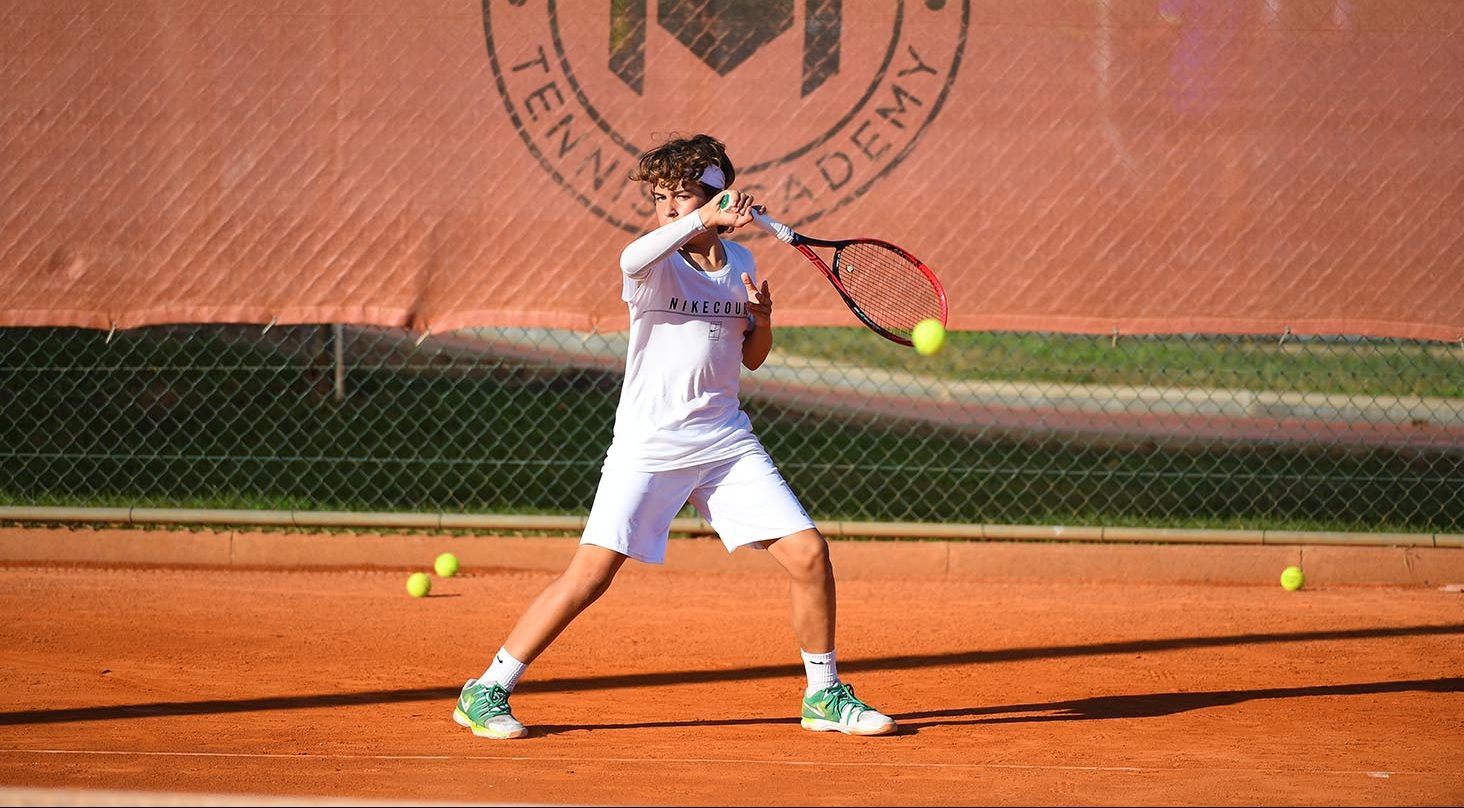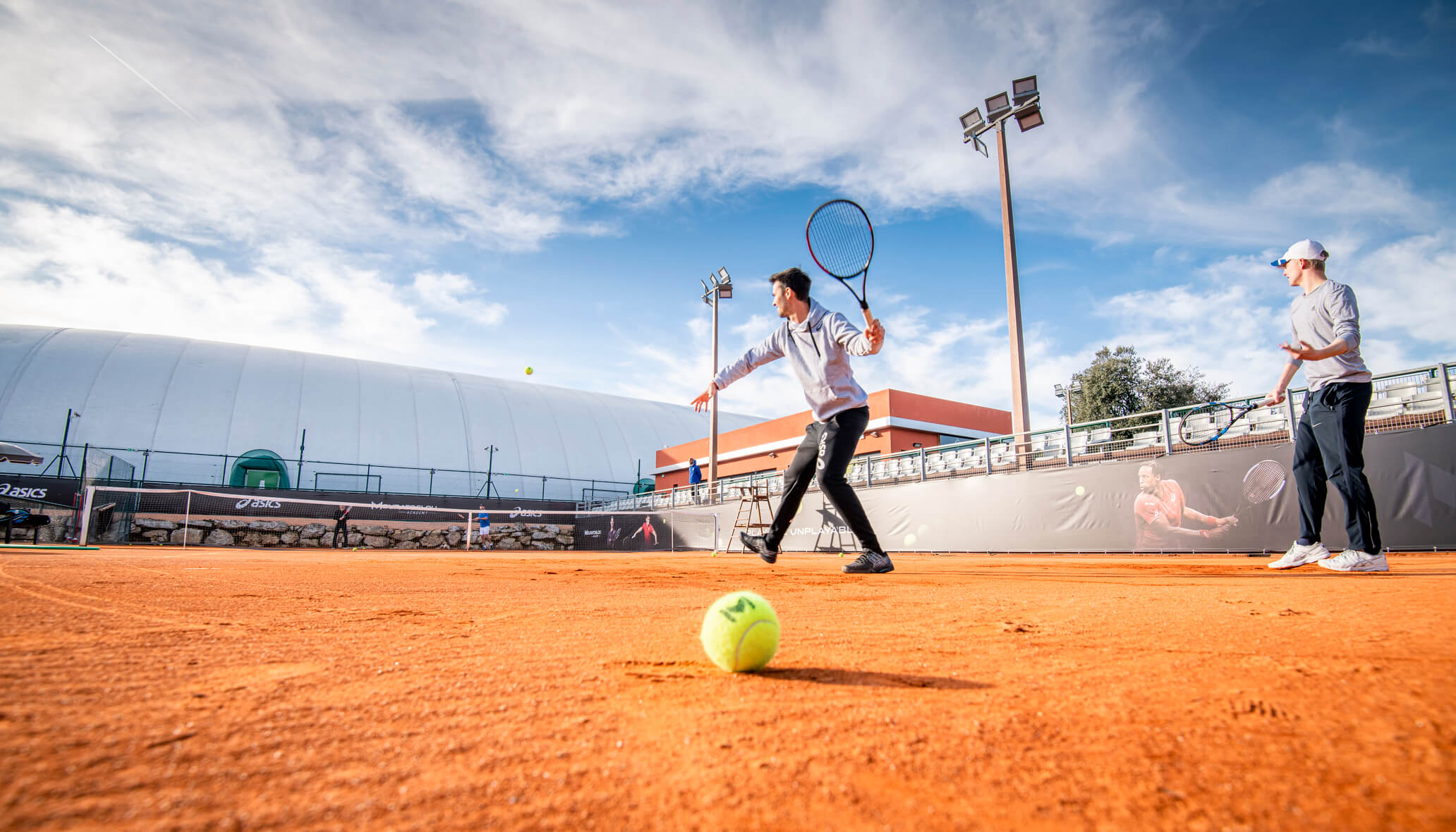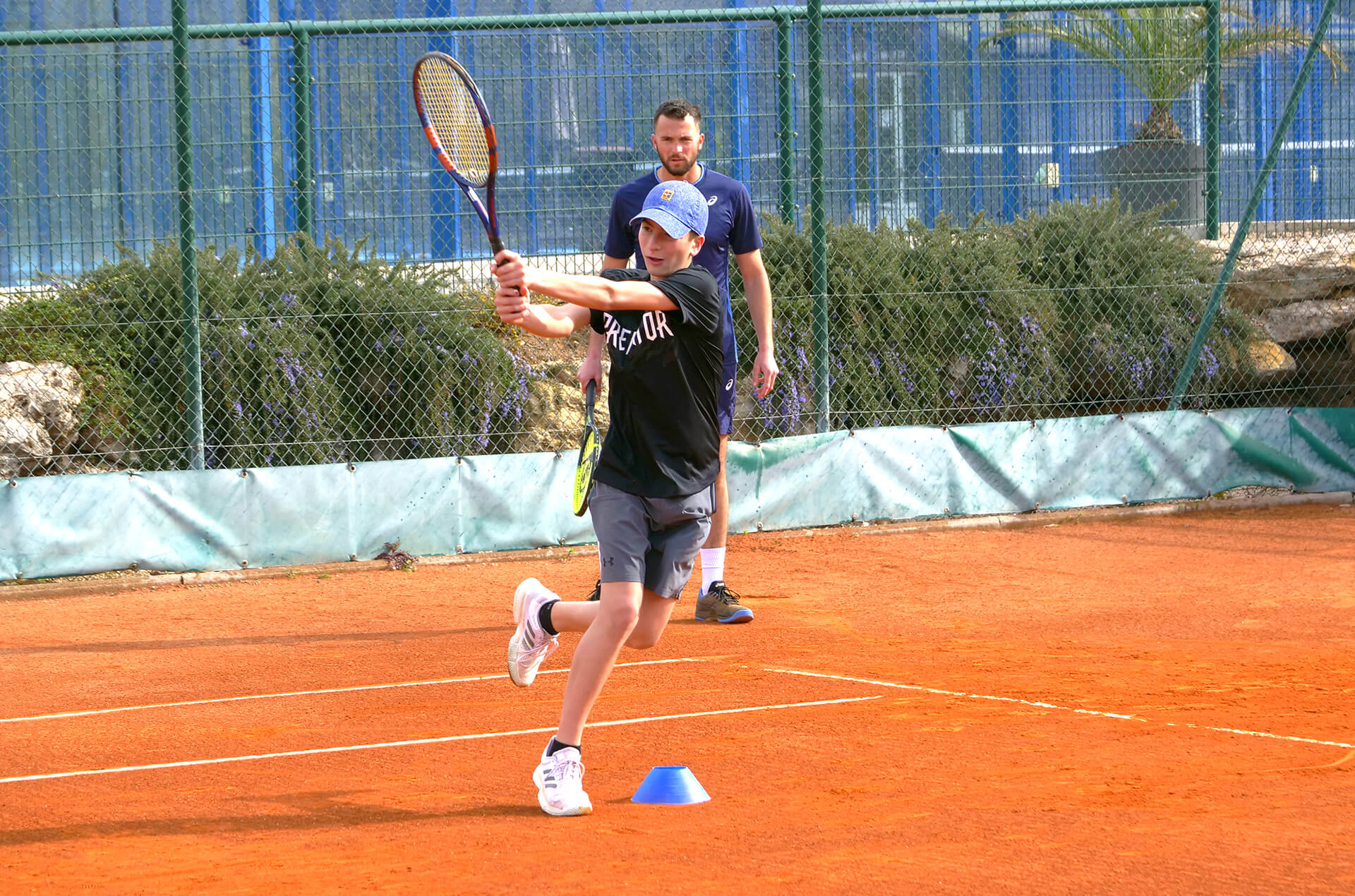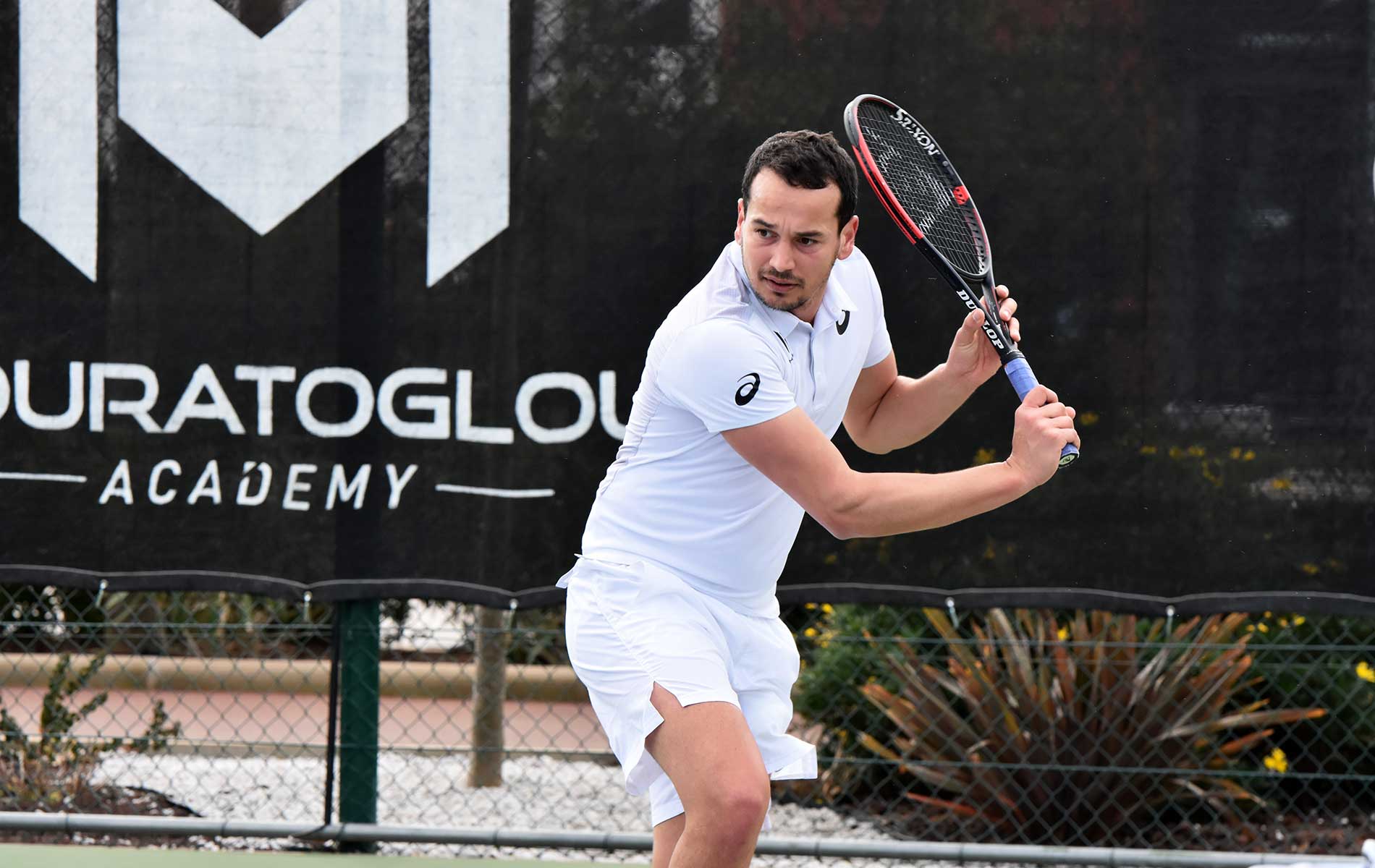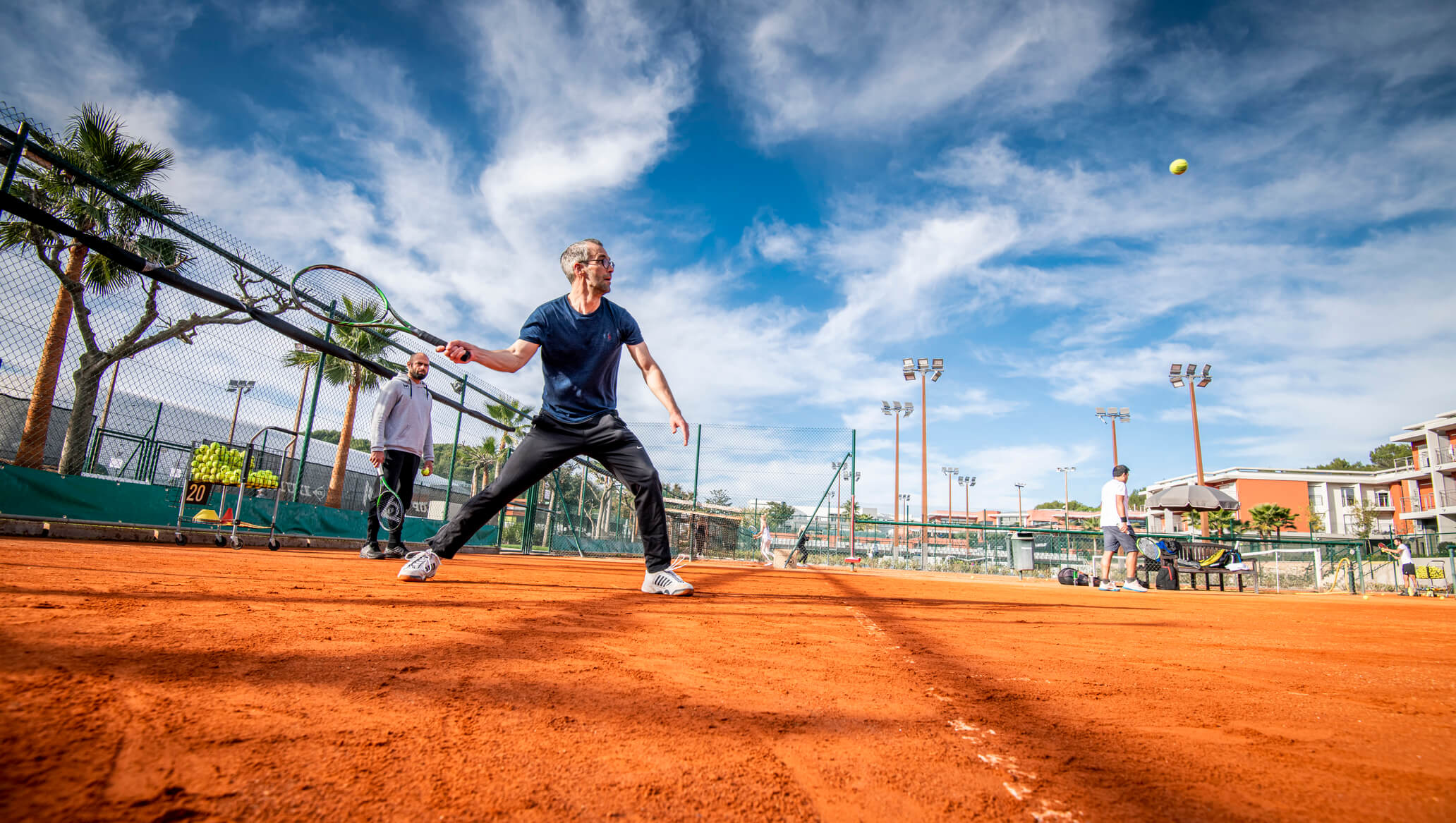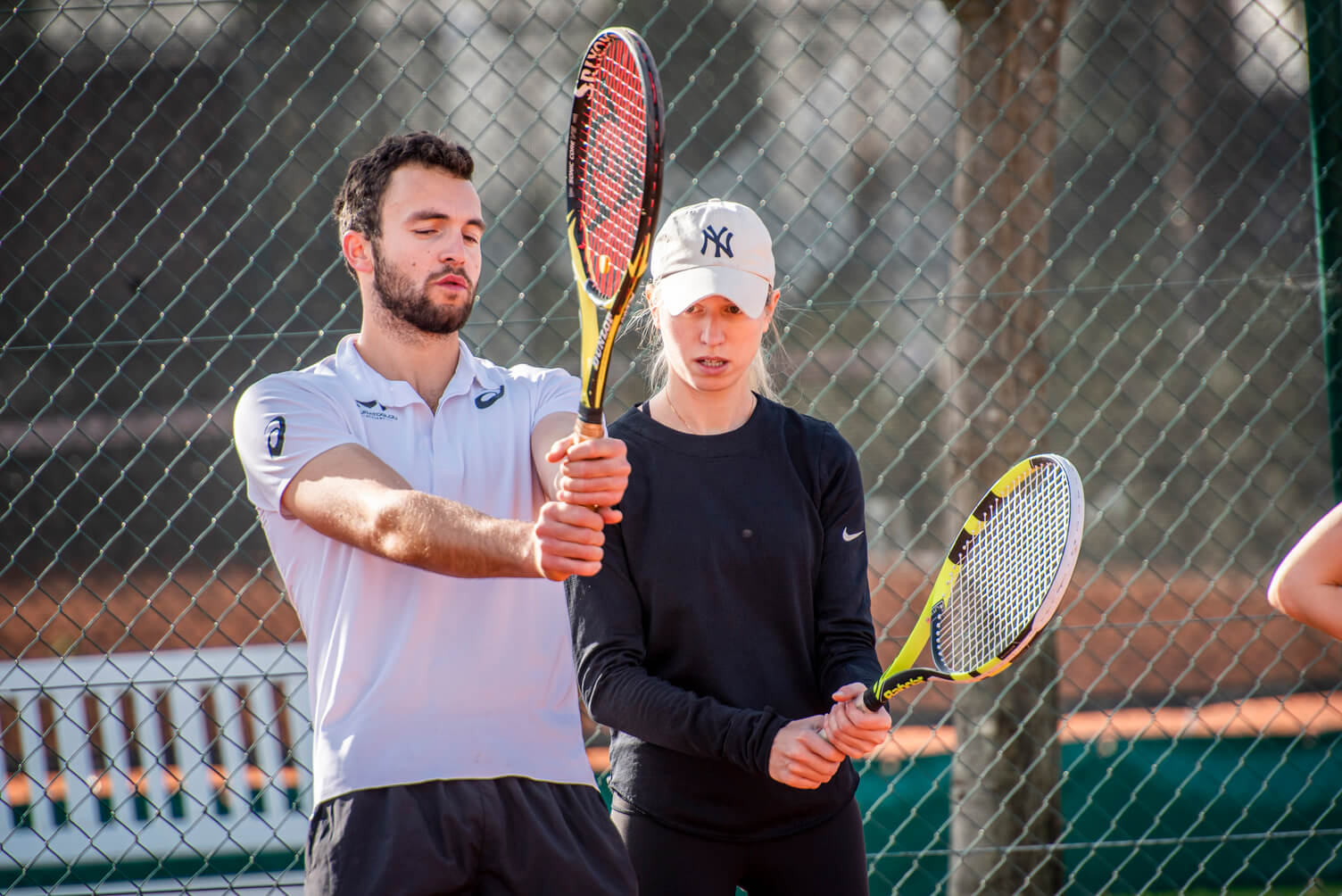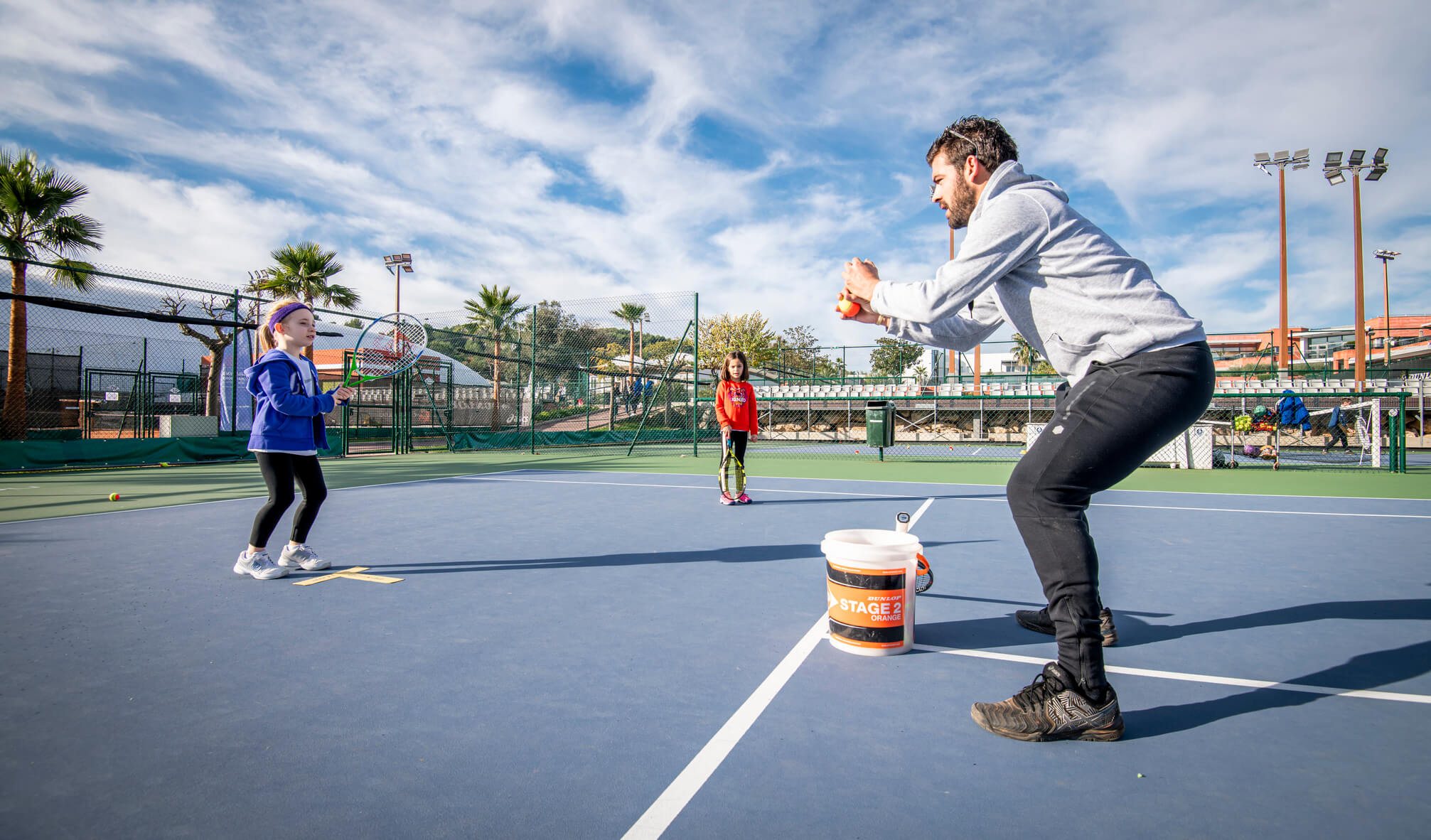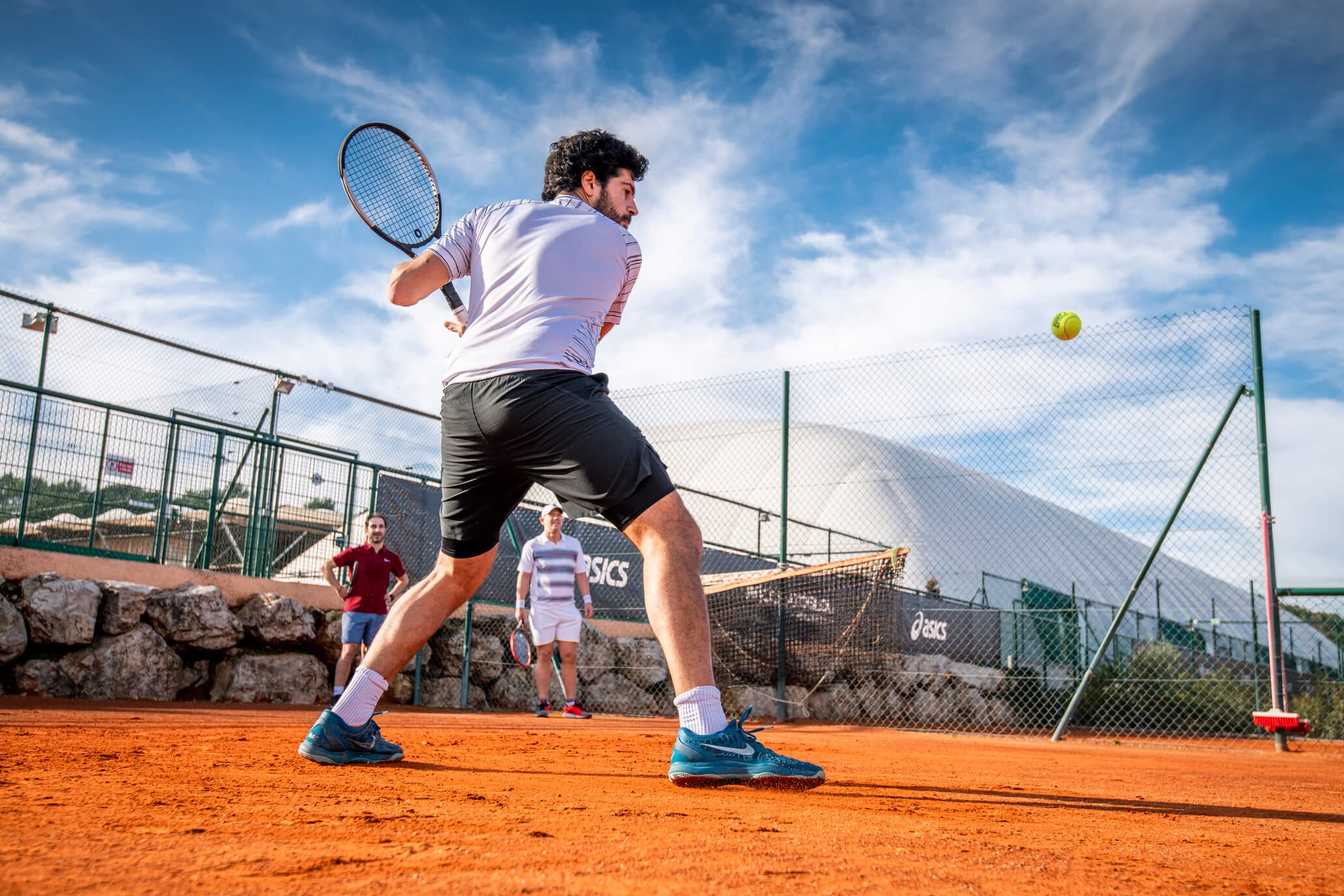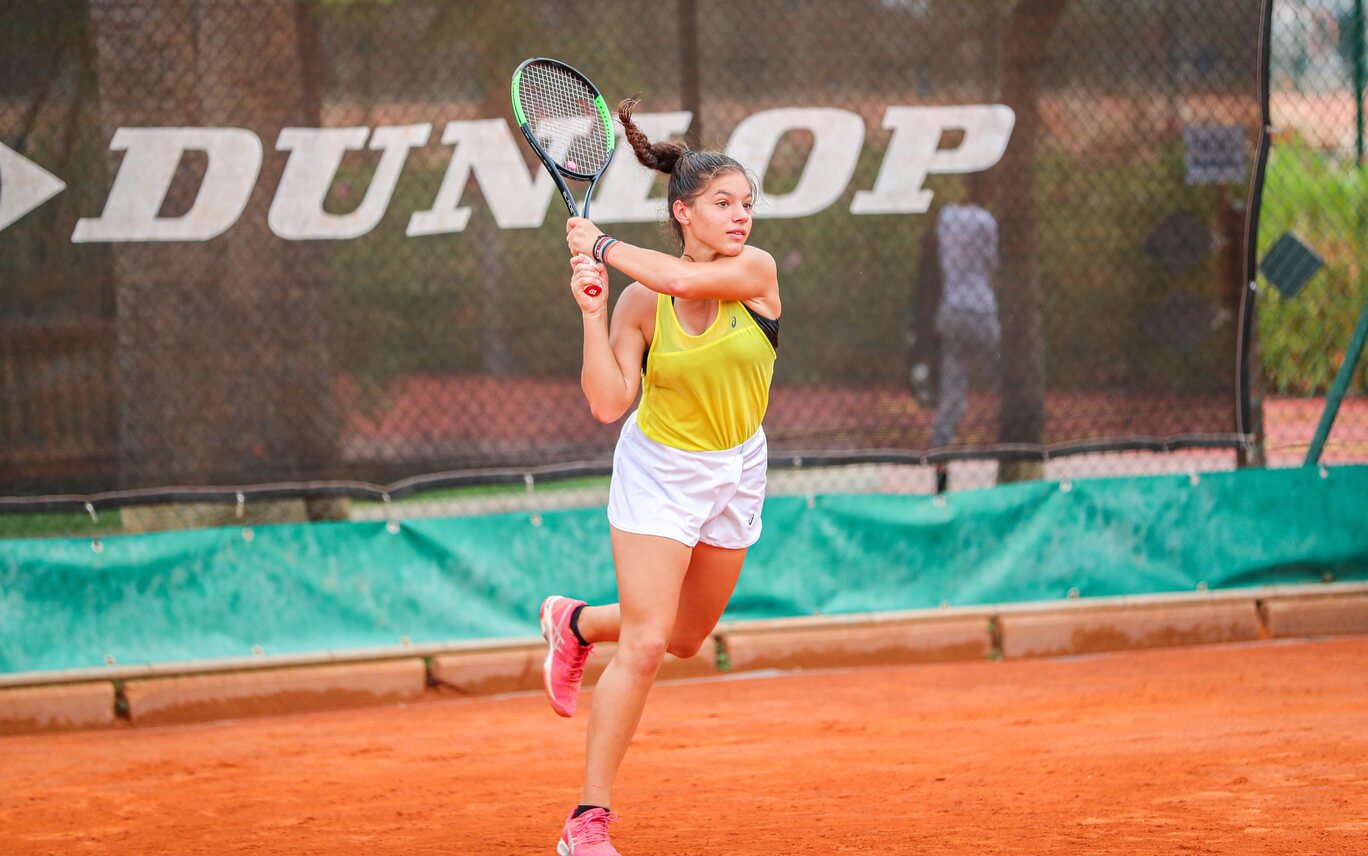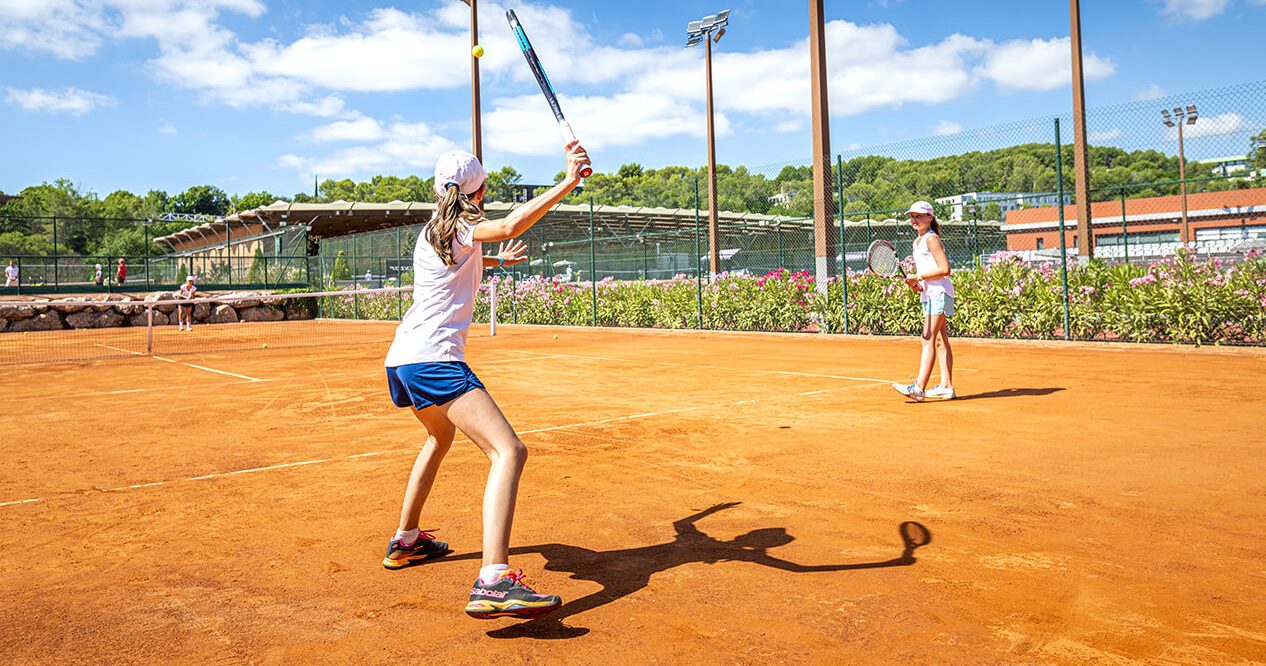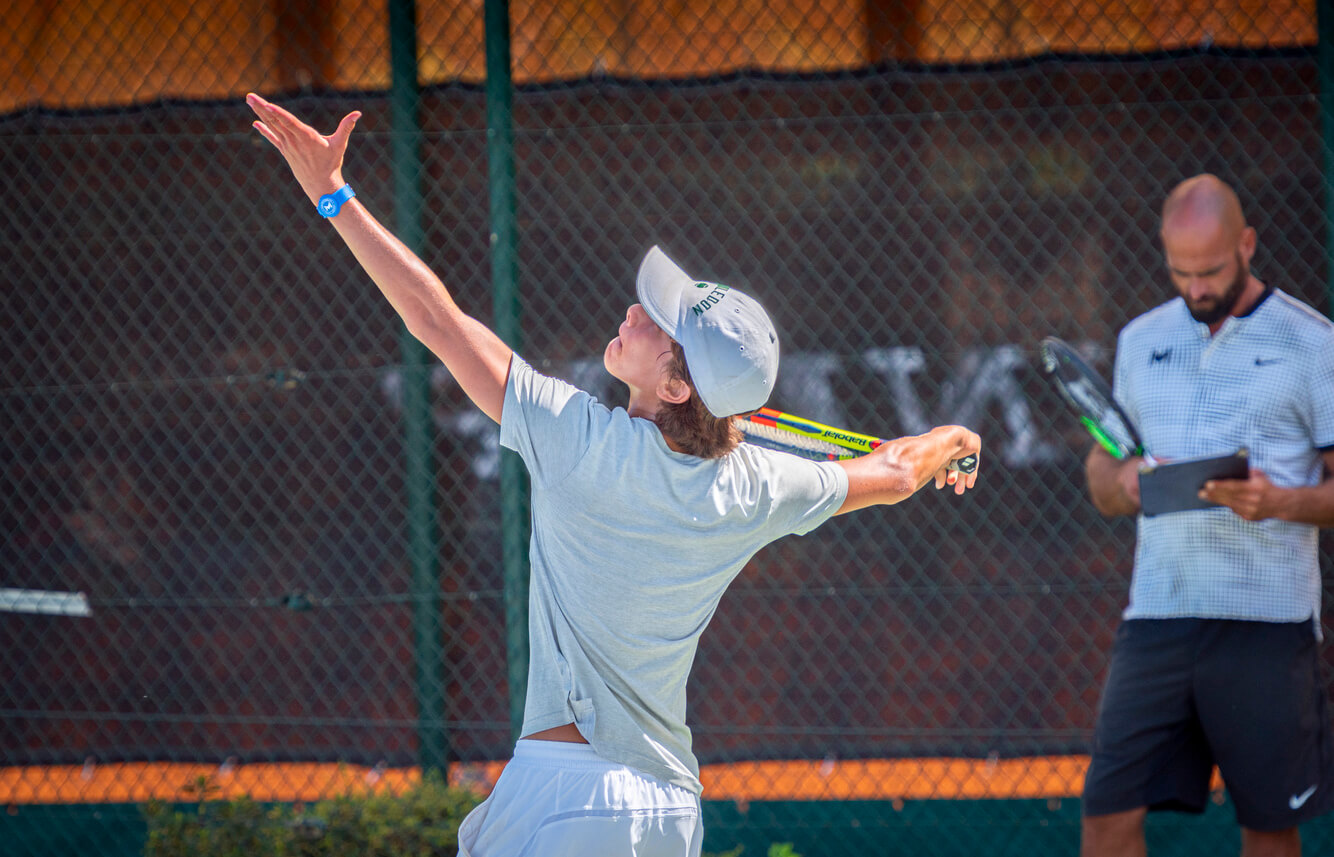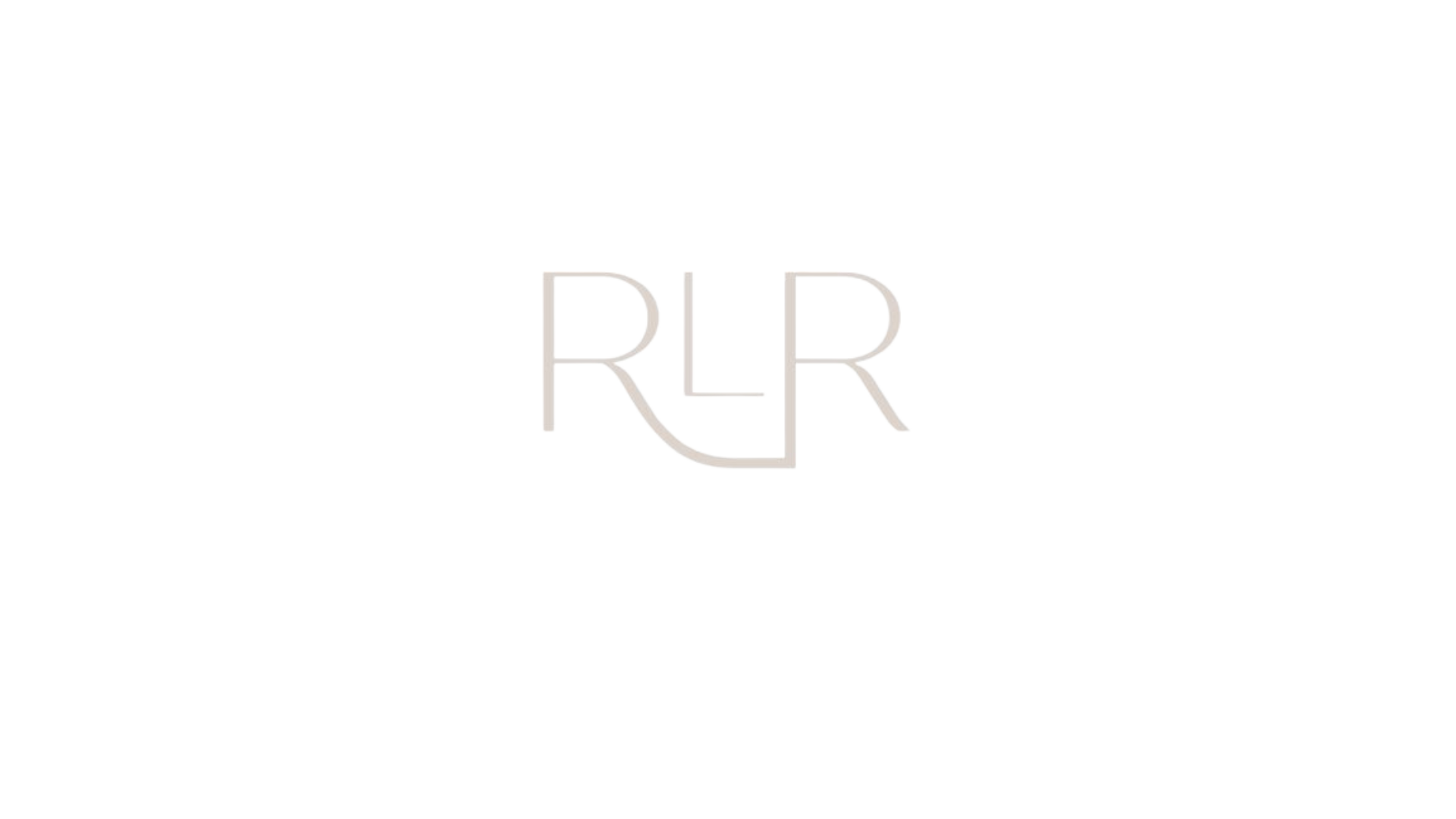Two-handed backhand
Today we’re going to tackle a big subject that is important to our sport. Striking the ball is at the heart of the game of tennis, and leads to points. Striking the ball is complex and is made up of many factors, technique, tactics, fitness, and mental state. However, how you hit the ball can also influence some of these factors. In this article, we’ll be looking at the two-handed backhand, which has gained in popularity since the 2000s and has almost wiped out the single-handed backhand. Although the single-handed is making a comeback with players like Stefanos Tsitsipas and Dominic Thiem.
Striking the ball
The strike is the moment when the strings meet the ball until they separate, it’s a very short moment but incredibly important. It’s at this moment we can evaluate the quality and the technique of the stroke. How the player strikes the ball can tell the emotional state of the player, their biomechanics, and the player’s fitness as can their area, trajectory, and effects such as spin. How hasn’t been fascinated by one of the champion’s swings? The perfect sound that they’re able to recreate, which repeats perfectly just like their technique. Have a listen to the strikes of player seeded 15 and others in the top 100, you’ll be able to head a difference.
Two-handed backhand
The two-handed backhand is a demanding stroke in terms of technique, to hit the ball correctly, certain things are necessary. To start with, the strike area must be in the right place relative to the player. In tennis schools, people often say that the strike zone should be in front, which is a meaningless phrase and needs clarification. Depending on the lateral position of the player the strike zone will vary, in some cases, it may be inline with the body on the frontal plane. This can also very much depend on the grip, Zi uses a very closed grip, so biomechanically, they have to have a strike zone that’s further forward to strike to ball effectively. Inversely, for players with a more open grip, they will be able to strike the ball from further back on the frontal plane.
Some technique tips for the two-handed backhand. Grip: the dominant hand should be between an Eastern backhand and continental grip and the second hand between continental and an Australian grip. The second hand should be touching the first (just above) as to not leave too much space to allow for a loss of control.
For the wrists, during the strike, the wrist of your dominant hand must be firm to provide stability to the strike and the second which is more flexible will be able to give the different effects such as spin to the ball. The wrist of the dominant hand always is always pointed towards the ulna, this more or less pronounced depending on the height of the strike. This angle makes it possible to keep the racket head at the same level or below the hands. The role of the wrist of the second hand is both essential and complex, this will allow you to add, spin, speed, or angle to the ball..
It is essential that the wrist is as relaxed as possible, to allow it freedom for the combination of movements. In the timeline, the wrist will be tilted towards the ulna at the start of the strike, and during the strike, it will both bend and rotate to finish tilted towards the radius. This complex movement, when fully mastered, allows the player to play with different hitting rhythms, different degrees of lift, and different angles.
The last important factor for a good strike is the shoulders. These must be as relaxed as possible when striking, ie low. In some players, one of the shoulders will often rise just before or during the strike. If this occurs, it leads to a tension that will result in less fluidity and therefore and a technique problem in the strike.





